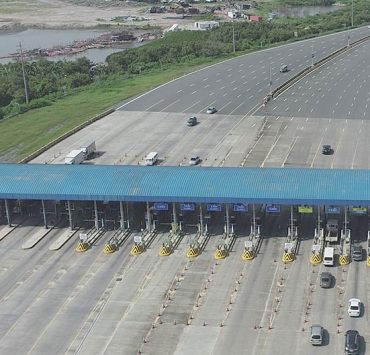Feb remittances hit $2.65B, up 3%

Money sent home by Filipinos abroad posted a higher growth in February, as high inflation forced migrants to make bigger transfers to their families given rising prices.
Cash remittances coursed through banks amounted to $2.65 billion in February, up 3 percent year-on-year, the Bangko Sentral ng Pilipinas (BSP) reported on Monday.
That increase was faster than the 2.7 percent annualized growth recorded in January, with transfers from land-based workers contributing the most to the overall February spike after growing 3.4 percent to $2.13 billion.
Ella Oplas, economist at De La Salle University, said growth in remittances accelerated as Filipino expats once again came to rescue their families from the inflation storm at home. Data showed inflation halted four straight months of downtrend in February after picking up to 3.4 percent on the back of higher prices of key food items, especially rice, a food staple of Filipino households.
“OFWs (overseas Filipino workers) needed to send more to families because what they used to send is no longer sufficient,” Oplas said.
In the first two months, remittances amounted to $5.48 billion, 2.8 percent larger than the comparable period last year. So far, these inflows are pretty much tracking the central bank’s forecast of a 3-percent remittance growth for this year.
“Growth in remittances [was] in line with our medium term growth outlook for the mature sector. Deployment of new OFs as well as growth in income of existing OFs helped deliver the roughly 3 percent pace of expansion,” Nicholas Mapa, senior economist at ING Bank in Manila, said.
“Remittances remain a stable source of FX while also helping deliver peso purchasing power to help drive domestic consumption,” Mapa added.
By country source, the US had the highest share of overall remittances during the January-February period at 41.4 percent. This was followed by Singapore (7.3 percent), Saudi Arabia (5.6 percent), and Japan (5.2 percent).
Moving forward, DLSU’s Oplas expects remittances to stay high, but not for a good reason.
”It would have been okay if the increase in remittances is due to an increase in OFW income, which I doubt,” she said. “I think regardless if the peso is weak or strong, there’s still a need for more remittances due to inflation.”

















